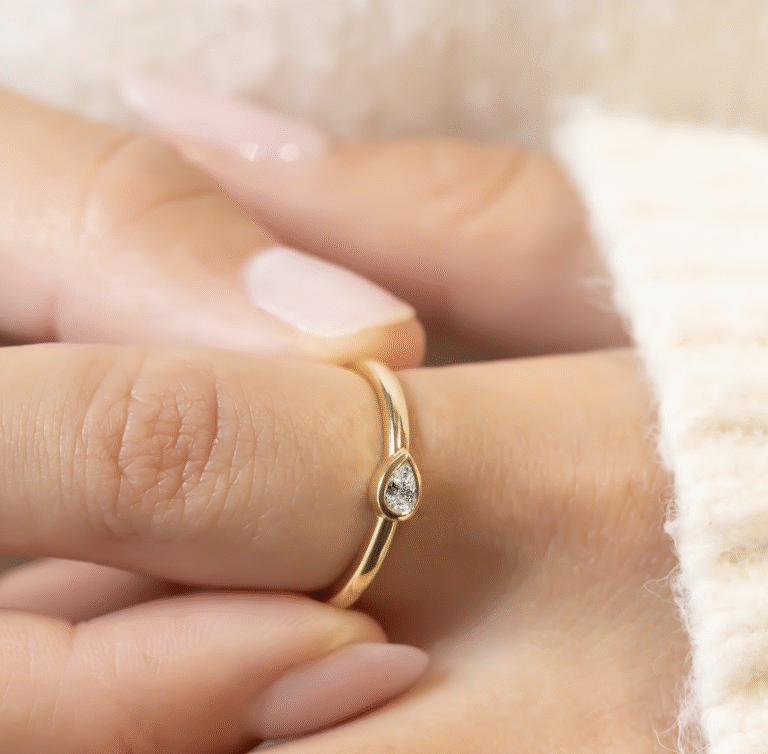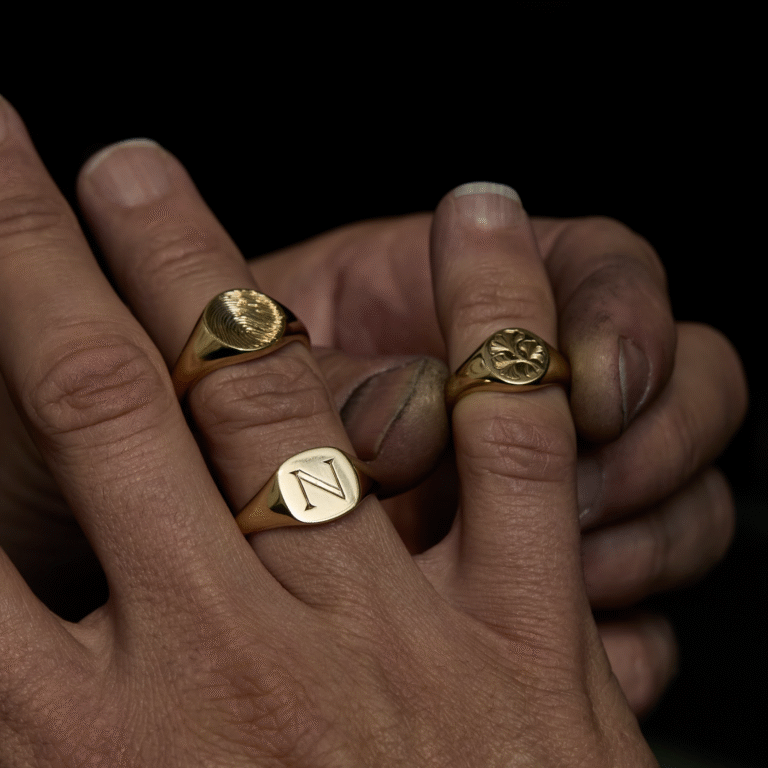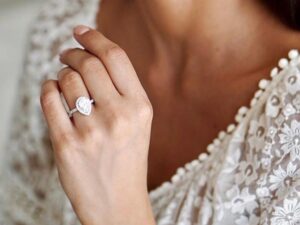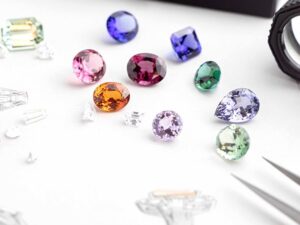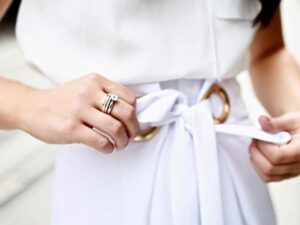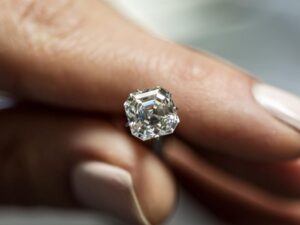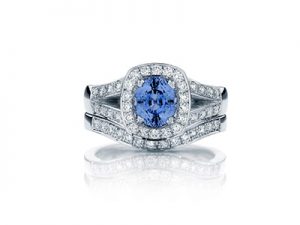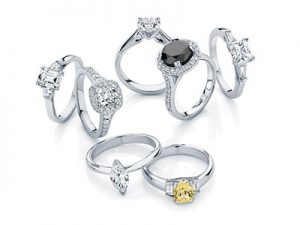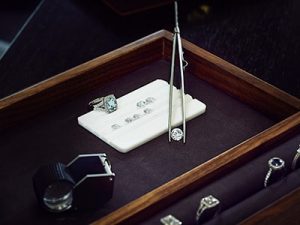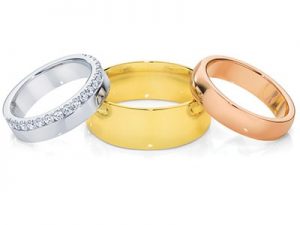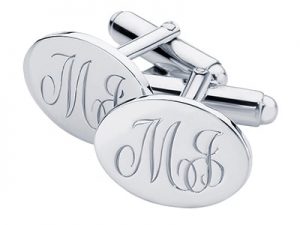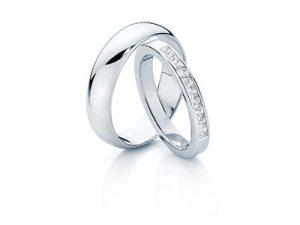Our Ethics: Burmese Rubies
by Kate Reid
July 10, 2022 / Jewellery Buying Guide
While rubies from Myanmar are some of the finest in the world, at Larsen Jewellery, until further notice, we will no longer be using them for our ruby engagement rings, dress rings and jewellery. Myanmar has had a long and storied history with non-democratic regimes in power using gem sales as a source of revenue, and that isn’t something we want to be party to.
The most recent uprising in 2021 in the country has led to a military junta, and in Feb 2023, Australia has imposed sanctions on its leaders:
We know from credible reports that thousands of civilians, including children have been jailed, tortured or killed. There is evidence of air strikes, bombardments and the mass burning of villages and places or worship having been indiscriminately targeted, including civilians and civilian infrastructure.
ABC News, 1 Feb 2023
While corruption in jade mining in Myanmar has been relatively well-known, the consolidation of military power over the gemstone trade, rubies included, has been less public. Global Witness’ report on rubies of Myanmar, and the valuable pigeon blood rubies, finds officially the industry was worth on average between $346M USD – $415M USD between 2014-17. Unofficially, the industry could have been worth between 1.73-2.07B USD.
To muddy the waters further, the majority of rubies from Myanmar are smuggled out of the country without ever being declared, and are processed in Thailand through various intermediaries to make it more difficult to determine the original source. The gem trade itself is often also a front for the drug trade of opium and heroin to launder and clean the money through artificially inflating the cost of gems.
That being said, we will always do everything possible to clarify our own supply chains and tracing to avoid purchasing known Myanmar rubies. There are many other sources, including Sri Lanka, Madagascar, Mozambique and Greenland.
